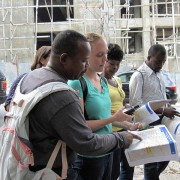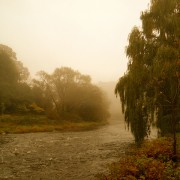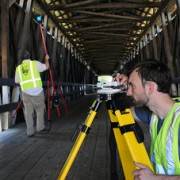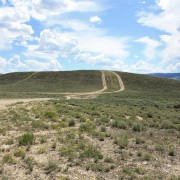How Surveying With Drones Changes Everything
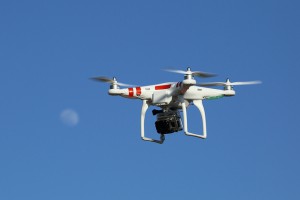 Unmanned aerial vehicles (UAVs), otherwise known as “drones,” are among the most important technological advances that have been introduced to the land surveying industry in quite some time. These small, ultra-light weight aircraft can be piloted by remote and can take detailed survey information while simultaneously transmitting that data back to the head office. This creates highly accurate maps and provides valuable data to companies and individuals who are considering major projects on large areas of land. In this article, we will take a look at how surveying with drones can help Oil and Gas companies get better, more accurate data.
Unmanned aerial vehicles (UAVs), otherwise known as “drones,” are among the most important technological advances that have been introduced to the land surveying industry in quite some time. These small, ultra-light weight aircraft can be piloted by remote and can take detailed survey information while simultaneously transmitting that data back to the head office. This creates highly accurate maps and provides valuable data to companies and individuals who are considering major projects on large areas of land. In this article, we will take a look at how surveying with drones can help Oil and Gas companies get better, more accurate data.
Why Use Drones for Surveying?
There are a number of reasons why drones are an ideal addition to any land surveying project and can increase accuracy and return on investment.
- Highly accurate, high-definition maps can be created in a fraction of the time that used to be required
- Data of all sorts can be gathered by the drone including photography, Lidar, and video
- All information can be instantly uploaded to a server where it can be accessed by authorized individuals anywhere in the world
- It becomes much easier to reach difficult locations with drones. This makes using drones significantly safer in certain situations.
These are just a few of the reasons why this technology has been so important to the industry. As applied robotics continue to increase in complexity, there is very little doubt that the capabilities of surveying drones and the breadth of data that they can collected will only increase.
How Land Surveying With Drones Works
While not common place today, more companies are recognizing the benefits of using drone technology in order to produce things like base maps and other important pieces of the surveying puzzle.
To put it simply, drones are deployed over the area to be surveyed equipped with a number of important pieces of scanning technology. Among these are 3D laser scanners that sweep over the region and give the surveyor highly detailed images and ideas of what the terrain actually looks like.
The data from the 3D laser scanners can be used in a process called GIS mapping, which is the creation of a digital map through the employment of cartographic sciences, advanced computer skills, and statistical analysis. The map provided by this process is not only high definition and easy to use, but also gives very specific information regarding the area in an easy to access format.
The GIS map and other data is stored using cloud technology so that what is being seen by the drone and the resultant reports can be instantly uploaded to a server that will provide access to authorized parties. Not only is this the quickest way to inform decision makers on the results of surveys, it also allows them to be informed no matter where they are so long as there is an Internet connection.
Advancing With the Times
More companies are changing their land surveying services to take advantage of the new technologies becoming available. They are finding a much higher return on investment due to more accurate data being accumulated by fewer people in less time with quicker results. Not working with a modern surveyor employing the best techniques is far too expensive a proposition for many companies, and they are finding the change worthwhile.
At the time of writing, the legal use of drones for surveying purposes has not been approved by the government. However, Landpoint has already begun investing in Research and Development for drones so that when they do become legal it can offer this service to its customers soon after.
If you’re interested in seeing what a difference the latest advance in land surveying technology can make, both in terms of accuracy and bottom line, don’t hesitate to request a no obligation quote so that you can see for yourself the incredible benefits.

Image by : Don McCullough


